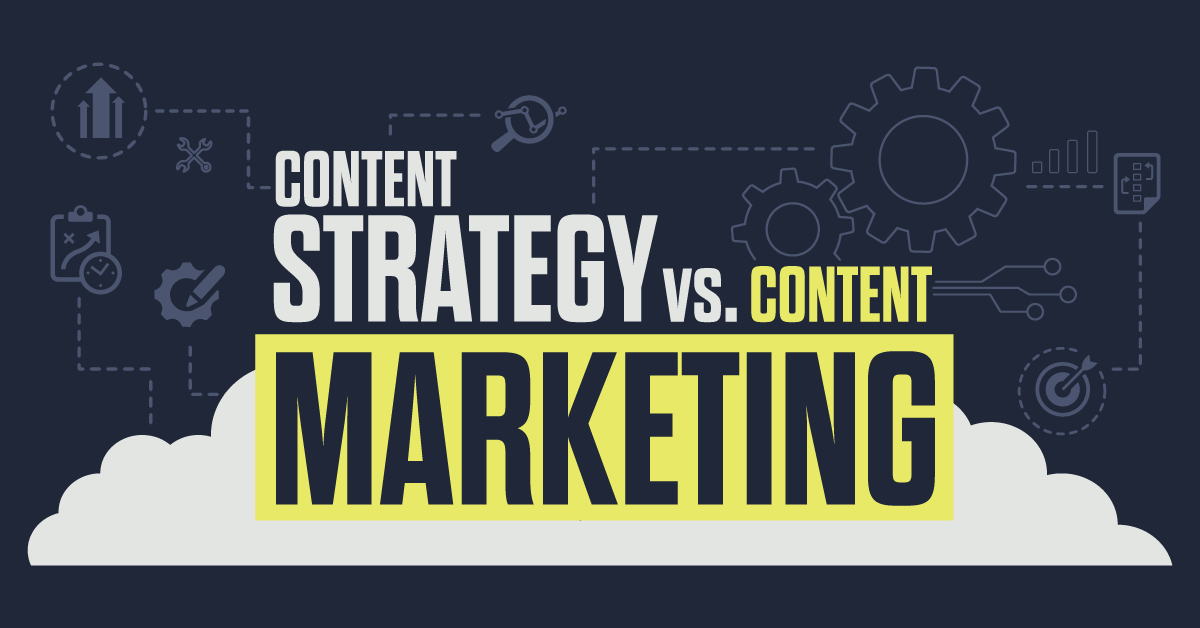Written by Curt Bennink, senior PR editor. Before starting with Lessing-Flynn, he spent more than 25 years in the construction media industry.
Having spent more than 25 years as an editor, I’ve seen my fair share of press releases. If I made a conservative estimate, I would say I saw five press releases a week. After two and a half decades, that means I’ve seen more than 6,000. With experience like that, you could say I know what stands out from the crowd. Here are five tips to make your press release attract attention too.
Keep it concise and accurate
The press releases I’ve seen have run the gamut in terms of length — from an image with five bullet points to five-page documents. The best ones were somewhere in the middle. A concise message drives engagement.
Limit marketing language that most editors are trained to immediately delete. These include:
- The overuse of frivolous marketing terms like innovative, revolutionary or comprehensive.
- Terms such as larger, roomier, stronger or more powerful without measurable results.
- Unverified claims such as best-in-class, industry-leading.
Stick to the facts. This is a press release, not a marketing brochure. If you do make claims in a press release, back them up. One claim that I almost always cut was “world’s first” or “industry’s first”. A lot of innovations introduced in the last 100 years didn’t catch on. Did you know electric trucks have served in niche applications for over 100 years? Or that there were battery-powered trucks being sold in the 1920s? If you publish a world’s-first claim, someone will be quick to point out it’s already been tried.
Use an attention-grabbing headline
A great headline tells editors why they should care. A common industry practice is to stick to an age-old formula: ABC company introduces XYZ product. This leaves out an important element — why is this product being introduced and what problem does it solve?
If you really want to stand out, switch to benefit-driven headlines. Imagine speaking directly to your target audience. Why would they care about this news? If you speak to that, the outlets with similar audiences will see more value in your release. After all, you are doing the editor’s work for them.
Don’t rely on marketing language to make your point. If you’re not careful, you’ll end up with a headline that doesn’t mean anything. One of my favorite examples is: XX Truck Raises the Bar Again: New Truck is Even Tougher, Smarter, More Capable. What problem does that solve? None.
State the benefits (not just the features and specs)
Just like with your headlines, benefits are essential to your release copy. But remember: Benefits and features are not the same thing.
Many press releases, particularly in the construction equipment industry, provide a laundry list of features. To make that more useful, connect the dots for the reader. Here are some examples:
- Feature: Ergonomic joysticks / Benefit: Reduced operator fatigue
- Feature: Hydraulic quick coupler / Benefit: Easier attachment changeouts
- Feature: Blade float / Benefit: Reduced operator effort when following ground contours
A benefits-based approach may resonate with readers who are looking for solutions to common work challenges. It will also help explain the benefits of features a reader might not be familiar with.
You might wonder where specs fit into this equation. A press release packed with every machine spec is difficult to read and therefore less effective. Carefully choose the specs you wish to include in the copy. And remember: It is perfectly acceptable to include the specs at the end of the release or provide a link to the complete machine specs. This can even be a call to action for the editor.
Don’t bury the lede
Editors are trained to write in an inverted pyramid style, placing the most important information at the beginning of the article and arranging the remaining details from most to least important. This makes it easy to lay the article out for publication. You simply cut from the bottom until it fits.
Expect your news releases to get treated the same way. Editors are busy, so junior editors are often tasked with handling the never-ending pile of incoming press releases. They may not be as well-versed in your product or service so don’t expect them to invest time extracting the most important information from the release.
Make it easy for them by using the familiar inverted pyramid style. This will help ensure your most valuable message doesn’t end up being cut for space.
Include images, graphics or video
According to the 2023 State of the Media Report from Cision, press releases with images or other visual assets get six times more engagement than those without them.
In one of my previous positions, editors couldn’t post a press release without an image because our content management system didn’t even allow it.
High-resolution images are the most desirable since they can be used in print or downsized for digital. If no images of your product or service exist at launch time, don’t try to game the system with your logo. A carefully designed graphic can serve as a good substitute.
In the current digital environment, outlets appreciate video assets. But images and video content take up a lot of space. Sending these assets directly in an email is not practical, so downloadable email links are often preferred.
Some of the more progressive companies post their press releases and all associated assets on a dedicated public relations page on their website. This gives editors a central location to find all the latest information from these companies. As an editor, I bookmarked a couple of the more useful pages which were used on several occasions.
The quality and effectiveness of news releases distributed by members of the construction market continue to vary. Implementing these five attention-grabbing tips is just one of the ways you can make your press release stand out.
Interested in seeing what the Lessing-Flynn public relations team can do for your business? Contact us!
LF Newsletter Alert
Want Lessing-Flynn to rock the socks off your inbox with insights and more?




